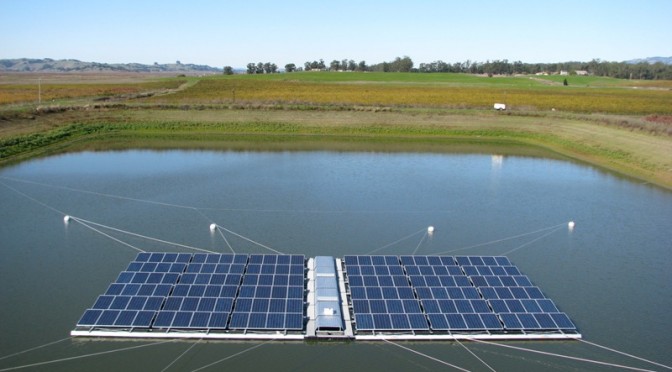Solar power installations in India have gone up to more than 2,000 Mw so far in 2015 due to positive developments in Tamil Nadu. The Modi administration has continued to announce various solar programmes, goals and policies during its one year in office, but has yet to call an auction.
According to a report by Mercom Capital Group, a clean energy communications and research firm, the Ministry of New and Renewable Energy (MNRE), is very close to announcing the Phase II Batch 2 programme.
“While all of these announcements have raised market sentiments, the Indian solar industry is looking for a streamlined auction process at regular intervals to better plan investments and manufacturing capacity,” Raj Prabhu, CEO and Co-Founder of Mercom Capital Group said in a statement.
Tamil Nadu Generation and Distribution Corporation (TANGEDCO) has signed PPAs in the range of 400 Mw to 1,000 Mw. The commissioning of these projects is scheduled to be as early as September 2015 all the way up to March 2016.
The Solar Energy Corporation of India (SECI), which was originally formed to implement Jawaharlal Nehru National Solar Mission (JNNSM) projects, is evolving into a government-owned power generation unit. It announced a programme to establish and own 2,000 Mw of solar projects with sizes ranging from 250 Mw to 500 Mw to be auctioned as EPC contracts.
Projects installed under JNNSM have now overtaken solar installations under Gujarat’s solar policy for the first time.
The Reserve Bank of India (RBI) added renewable energy under priority lending but with a cap of Rs 15 crore ($2.5 million) for renewable energy generators and ?10 lakh ($16,393) per borrower for residential customers. The impact of this policy will likely be minimal in the short-term as the Indian solar market currently is comprised mostly of large-scale projects, Mercom report said.
“We commend the government for this decision which is a step in the right direction,” commented Prabhu. “We urge them now to consider increasing the cap in order to benefit large-scale projects which will greatly accelerate the implementation and execution of solar installations in the country.”
The MNRE also proposed a subsidy cut on rooftop solar power plants from 30% to 15%, reasoning that the lower price of components would offset the proposed subsidy reduction. Individual states have been asked to come out with their own favorable policy and regulatory framework to support rooftop solar. This proposal comes in the background of another goal set by the government to target 40 Gw of grid-connected rooftop solar over the next five years.
The Ministry of Power has proposed several changes to the National Tariff Policy. Some of the proposed amendments include promoting renewable generation as a policy objective, and abolishing interstate transmission charges for renewable energy sources. The most notable change proposed by the Ministry is the increase in the solar Renewable Purchase Obligation (RPO) to eight percent by 2019 from the current goal of three%.
“Without strict enforcement of RPO, it doesn?t matter what the percentage requirement is. It is more important to put mechanisms in place which will support strict enforcement of the policy,” Prabhu added.


